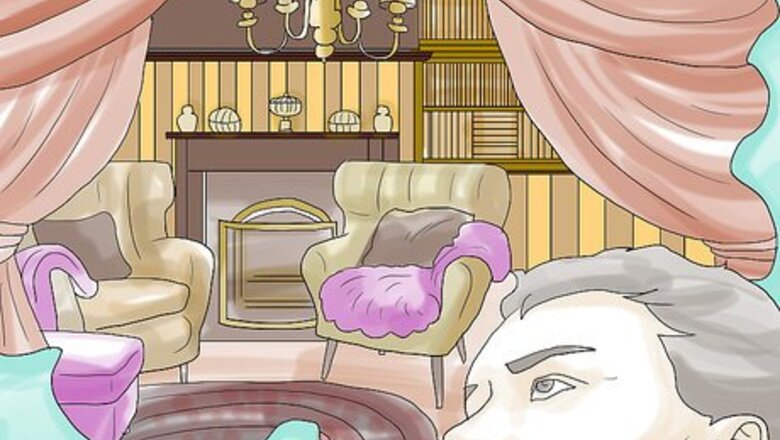
views
X
Research source
This article will help with all your problems. Well, when it comes to making characters! The one thing that virtually every single book, play, movie, novel, and game has in common is that they all have at least one character. Most have two or more, and some—a cast of hundreds! Sometimes the "character" is you.
Regardless of who the characters are, books and movies and all the rest would be lifeless and boring without them. This guide will provide the basics and help you learn to create your own characters.
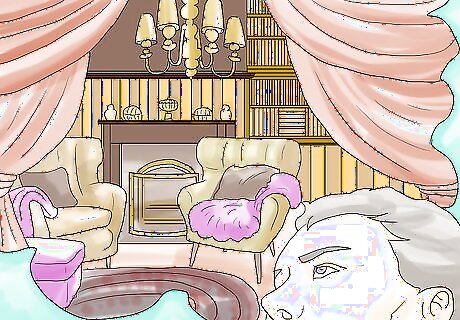
Define the setting, or initial scene. Whether starting on paper or on the computer screen, your character must exist somewhere, even if that somewhere is virtual nothingness. It may be an apartment in Paris, or a parking lot in Poughkeepsie, New York. This not only sets the stage for your character, but will help define him, her, them etc. as well.
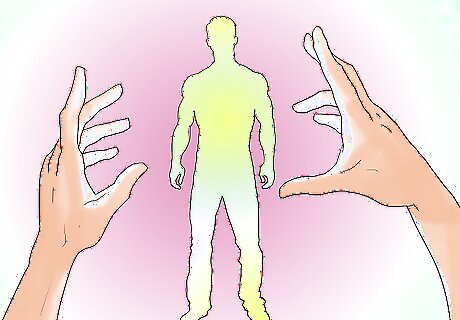
Start with the five W's and one H, as a journalist would, and work from there: Where, who, what, when, why and how... Education, school, occupation, workplace, purpose, Conflict, dilemma, opportunity, choices/actions (benefits and consequences), Health, sexuality, mentality, stages of life, danger, triumph/defeat, growth/decay, death,... If you're at the point of creating a character, chances are you have at least the idea of a plot/story in mind. If you're creating a grand, sweeping narrative such as The Lord of the Rings, you will need an entire world of characters—some good, some evil, some male, some female, or whatever other gender comes to mind and even some that are neither good nor evil, neither male nor female. If you're creating an introspective story, you may not need more than a single character.

Think creatively. Unlike what first comes to mind when you think "character," not every character in a story is human. For example, in Tolkien's Lord of the Rings, the mountain Caradhras functions as a character, filled with a cold malice, whereas in Hemingway's "The Old Man and the Sea," a marlin is one of the main characters. EXPERT TIP Lucy V. Hay Lucy V. Hay Professional Writer Lucy V. Hay is a Professional Writer based in London, England. With over 20 years of industry experience, Lucy is an author, script editor, and award-winning blogger who helps other writers through writing workshops, courses, and her blog Bang2Write. Lucy is the producer of two British thrillers, and Bang2Write has appeared in the Top 100 round-ups for Writer’s Digest & The Write Life and is a UK Blog Awards Finalist and Feedspot’s #1 Screenwriting blog in the UK. She received a B.A. in Scriptwriting for Film & Television from Bournemouth University. Lucy V. Hay Lucy V. Hay Professional Writer Expert Trick: Think of characters who don't fit stereotypes to make them more interesting. If you've ever watched Brooklyn 99, Captain Holt is a black man who's gay, but his character is basically the opposite of every black or gay stereotype. He's very compelling—he's funny, dry, and pedantic, and he has his own hang-ups. A lot of people watch that show just because they like him so much
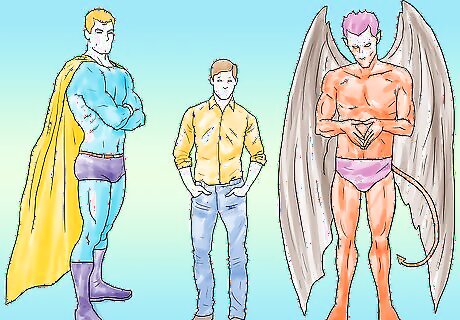
Start with an archetype/pattern. Who you need depends on your story, of course, but by starting with broad criteria, you can start to make decisions that will gradually define your character by reduction, much like the sculptor removes all the excess marble, revealing the statue buried within it. A pattern includes a culture and the individual traits (common/everyman or heroic, tyrannical, superman or ogre). You'll likely want a protagonist (hero) and antagonist (villain), as conflict is the basis of plot. Maybe you need a secondary character such as a henchman, a best friend, a romantic interest, a sidekick, or a significant other. Note that sometimes, what you think of as the protagonist—the good guy—is painted as the antagonist. For example, Kong in King Kong. You might need anti-heroes, like Clint Eastwood in Pale Rider; sympathetic "villains" such as Lennie Small in Of Mice and Men; wild cards like Jack Sparrow in Pirates of the Caribbean; a femme fatale (an irresistible woman who leads her man into greatness, difficulty, danger or disaster) like Jessica Rabbit in Who Framed Roger Rabbit; treacherous friends like Iago in Othello or Petyr Baelish in Game of Thrones; or perhaps a trickster guide like Smeagol in Lord of the Rings. Each of these characters began as archetypes, and then became more defined as the stories were fleshed out.
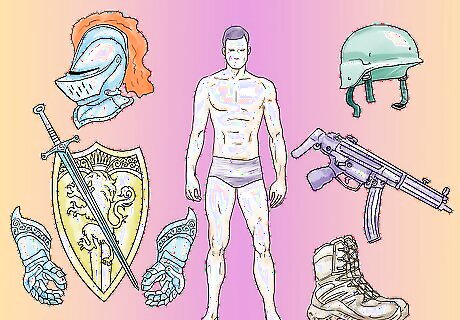
Add specific characteristics. Once you have your character's archetype defined, you can add traits and features, remove things the character is not, and generally start to reveal the sculpture buried in the marble. Ask yourself what you want your audience to feel about your character: love, pity, revulsion, compassion—or nothing at all. Begin to draw your character based on your desired outcome. Determine whether the character is male, female, or otherwise. This will inform the character's general point of view, suggest traits depending on archetype, and may even be a point of conflict for your character and your story when seen through the eyes of society's preconceptions, whether fair or not. For example, an arrogant male is perceived differently than an arrogant female. (Both of which further define your character!) Age is a factor. Older is generally seen as wiser, but it comes into play in other ways as well. A young villain is generally portrayed and seen as a bad seed or simply insane. An old villain can be all that, but might also be twisted that way by life's circumstances—giving him a lot more depth. The young, idealistic hero elicits a different feeling than the world-weary vet who is just doing the right thing. And when either of those meets their end in the story, the reactions are different as well. Sometimes these can be contradictory. Don Quixote was a crotchety old man who'd spent his life in a room reading chivalry novels, and was woefully naive. Yet it was this naivety that drove him to seek adventures and love, and to create fantastic imaginings from the world around him when reality didn't meet his expectations.
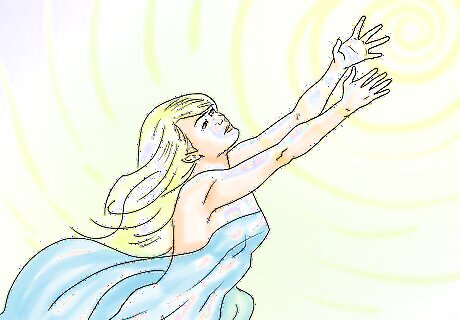
Define your character's purpose or goal. In a horror tale, the protagonist may want to survive at all costs—for example, Ripley in Alien; in a romantic tale, the antagonist may want to stop the hero from getting his "true love," as did Prince Humperdinck in The Princess Bride. How your characters deal with the inevitable obstacles that stand between them and their aims will most clearly define them. In complex stories these might cross repeatedly, with the motivations and accomplishments of some characters getting in the way of others, generating further action and twists, and cumulatively raising the stakes.
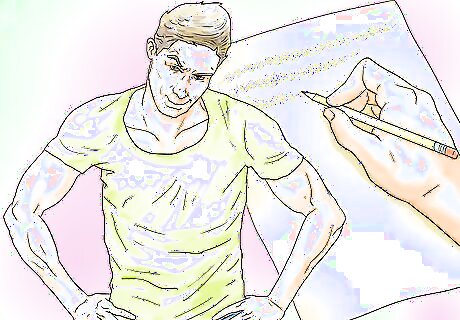
Give them attitude. To really flesh out a character, give them a personality that goes beyond the story itself. Some parts of their personality may never make it into your story, directly, but will help inform the decisions your characters may have to make. Make a list of likes and dislikes, and make sure the list is balanced. In other words, don't have 10 dislikes to every one like or vice versa. Even the crankiest characters like something, even if it's just their mirror. A character's attitude is likely made up of complementary traits, which can lead to actions that are unexpected and could change the audience's perception of your character. For example, the character that loves freedom is likely to dislike authority; if they like rich cakes or flashy cars, they're unlikely to respect frugality or restraint. If your character is merciless, but unexpectedly rescues a helpless child from a burning building, the audience is forced to rethink his character completely.
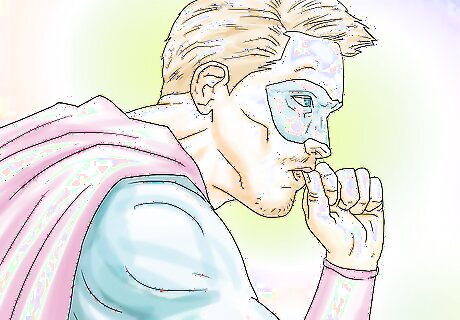
Give your character quirks, obvious habits. Good habits, bad habits, or just things the character can't stop doing without some serious discipline or counseling. This can be minor, such as biting fingernails (which would indicate a worrier), or obsessive hair-combing (vanity or insecurity); or as serious as a drug addiction (somebody who evades responsibility and craves escape), or a death wish (hopeless and forlorn). The more of these little tics and traits you give your character, the more they will "come alive" in the audience's mind.

Give your character a home—with a mirror. Work on external features such as where he lives, what she looks like and whether or not he has any pets, etc. Does your character live in a well-manicured Upper East Side apartment (old money), or a peeling-paint hovel in the district (a life lived hard)? Most details you choose should suggest something about the character, or the characters' history.
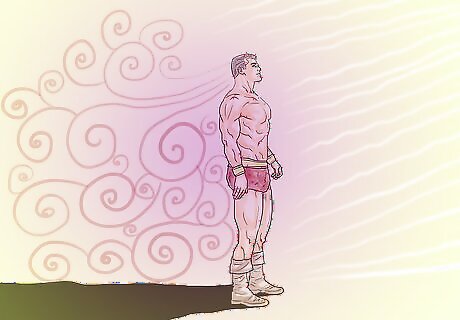
Work out their fears, weaknesses, motivations and biggest secrets. It creates a much more realistic character and helps to develop the character's archetype. A popular hero strength/weakness has to do with loyalty/disloyalty.
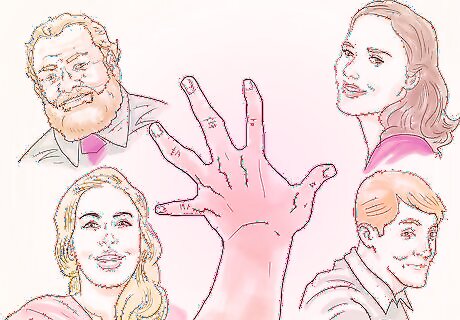
Take mannerisms and features from people around you. Look at people at the mall, or on the subway. Suggestions for characters are everywhere. Note physical features—the shape of noses, jaws, ears, body shapes, how their clothes fit, or how they carry themselves. If you like their look, describe to yourself the details you find attractive, and translate that to your characters. If you see somebody that looks scary, honestly tell yourself why that person scares you, even if the reason is totally irrational or politically incorrect. Use this information to inform your characters. Create characters that combine these traits—don't base an entire character on one or two people, because if they find out, you might get in trouble.

Associate symbolic archetypes. Matching your character's traits to our perception of objects can help define your character, and be useful for foreshadowing moods and actions. For example: A rose blooms briefly, but people adore them. A snake is volatile and can strike without warning. Stone buildings are solid and resistant to change. Thunderstorms are violent, but presage a surge of growth to come. A sharp sword is even a danger to the hand that wields it.

Role play as your character. First of all make a mind map of all the things you've talked about, and all the things you want to decide about your character. Get a voice recorder - most phones or laptops have them - and interview yourself, or even better get your friend to interview you as the character. Then write it down, and fill your mind map, to uncover things you didn't know about your character and develop the personality. If you make a mistake in the recording just remember that you can always branch out into multiple possibilities from a given idea. Feel your character, and put yourself in his/her/its shoes. Sometimes the best characters are created from your own ideals, character, flaws or strengths, and those of family members and friends/foes.




















Comments
0 comment